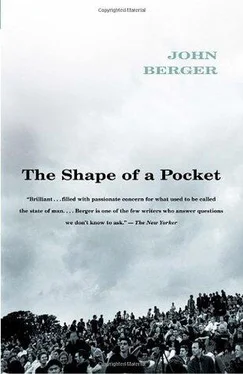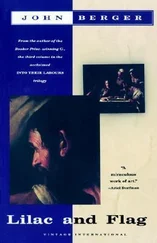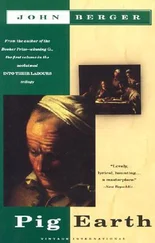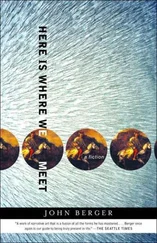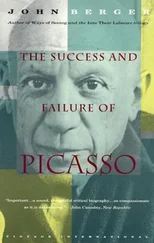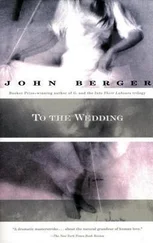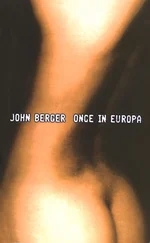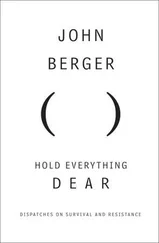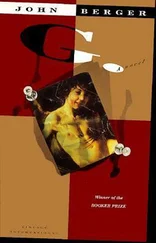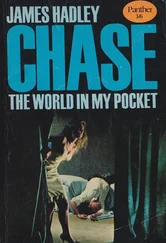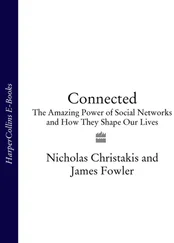Empty leftist rhetoric!
Here is the rest of the likeness:
There is something else about this passionate moving of words, something that does not appear in any postscript or any communiqué. It is the anxiety, the uncertainty, the galloping questions that assault us every time one of the couriers leaves with one, or several, communiqués. Questions and more questions fill up our nights, accompany us on our rounds to check the guards, sit beside us on some broken tree trunk looking at the food on the plate … ‘Were these words the best ones to say what we wanted to say?’ ‘Were they the right words at this time?’ ‘Were they understandable?’
A likeness is a gift and remains unmistakable — even when hidden behind a mask.
A likeness can be effaced. Today Che Guevara sells T-shirts, that’s all that is left of his likeness.
Are you sure?
[Silence]
Silence, you know, is something that can’t be censored. And there are circumstances in which silence becomes subversive. That’s why they fill it with noise all the while.
* * *
Goya is walking with his dog by the ocean.
The other day I was listening to Glenn Gould playing Mozart’s Fantasy in C Major. I want to remind you of how Gould plays. He plays like one of the already dead come back to the world to play its music. And that’s how he played when he was alive!
Three nimble hands.
Why three?
One of the two women had an accident at work.
Bought.
I’ll tell the story of the best likeness ever made. John is the only one who tells the story. The other Evangelists don’t refer to it — though they refer to Martha and Mary. The two sisters had a brother, Lazarus, who fell sick and died in the village of Bethany. When Jesus, who was a friend of the family, arrived in the village, Lazarus had been dead and buried for four days.
‘Where have you laid him?’ he asked.
‘Come and see, Lord,’ they replied.
Jesus wept.
Then the Jews said: ‘See how he loved him!’
But some of them said: ‘Could not he, who opened the eyes of the blind man, have kept this man from dying?’
Jesus, once more deeply moved, came to the tomb. It was a cave with a stone laid across the entrance. ‘Take away the stone,’ he said.
So they took away the stone.
Jesus called in a loud voice, ‘Lazarus, come out!’ The dead man came out, his hands and feet wrapped with strips of linen and a cloth round his face.
Jesus said to them: ‘Take off the grave clothes and let him go.’
This was the perfect likeness. And it provoked Caiaphas, the high priest, to lay the plot for the taking of Jesus’s own life.
Goya is going back to work in his studio.
Now he is painting. Can you hear him? Faces appear on the canvas. Then they disappear. All have gone.
Try turning the volume of the silence up — higher — higher. Higher still …
[Total silence]
Is this the silence of a likeness, of the mountains at night in south-east Mexico, or of us listening together?
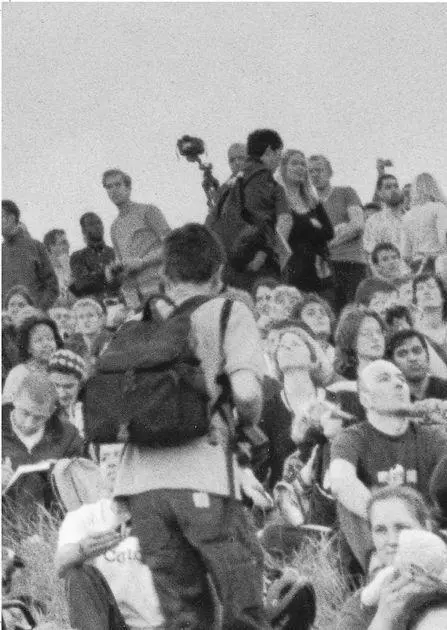
The essays in this book were first printed — sometimes with different tides and in a slightly different form — in the following publications:
Opening a Gate The Russian Way (Opus 31) by Pentti Sammallahti Photographic Portfolio, Finland, 1996
Steps Towards a Small Theory of the Visible Das Abenteuer der Malerei (The Adventure of Painting) , Editions Tertium, Ostfildern, Germany, 1995
Studio Talk Miquel Barceló, Recent Paintings , Timothy Taylor Gallery, London, 1998
The Chauvet Cave Guardian , London, 16 November 1996
Penelope Tages Anzeiger , Zurich, 18 April 1997
The Fayum Portraits El Pais , Madrid, 20 December 1998
Degas Die Weltwoche , Zurich, 29 July 1993
Drawing: Correspondence with Leon Kossoff Guardian , London, 1 June 1996
Vincent Aftonbladet , Stockholm, 20 August 2000
Michelangelo Guardian , London, 21 November 1995
Rembrandt and the Body Frankfurter Rundschau , Frankfurt, 2 May 1992
A Cloth Over the Mirror Independent , London, 3 June 2000
Brancusi Die Weltwoche , Zurich, 6 June 1995
The River Po ‘du’ Die Zeitschrift der Kultur , Zurich, November 1995
Giorgio Morandi El Pais , Madrid, 7 February 1997
Pull the Other Leg, It’s Got Bells On It Guardian , London, 3 June 1995
Frida Kahlo Guardian , London, 12 May 1998
A Bed Wet Roks Seen From Above. Paintings: Christoph Hänsli Memory/Cage Editions, Zurich, 1996
A Man with Tousled Hair Le Monde Diplomatique , Paris, December 1991
An Apple Orchard Le Monde Diplomatique , Paris, September 2000
Brushes Standing Up in Jars Aftonbladet , Stockholm, 5 April 1996
Against the Great Defeat of the World Race & Class , London, October 1998-March 1999
Correspondence with Subcomandante Marcos:
The Herons El Pais , Madrid, 27 April 1995
The Herons and Eagles La Jornada , Mexico City, 3 June 1995
How to Live with Stones Le Monde Diplomatique , Paris, November 1997
Will It Be a Likeness? First performed by John Berger at Das Tat Theater im Bockenheimer Depot, Frankfurt, 1996. Directed by Juan Munoz. Simultaneous radio broadcast: Heissischer Rundfunk, Frankfurt. BBC Radio 3, 1996. First printed La Jornada , Mexico City, 4 August 1996.
